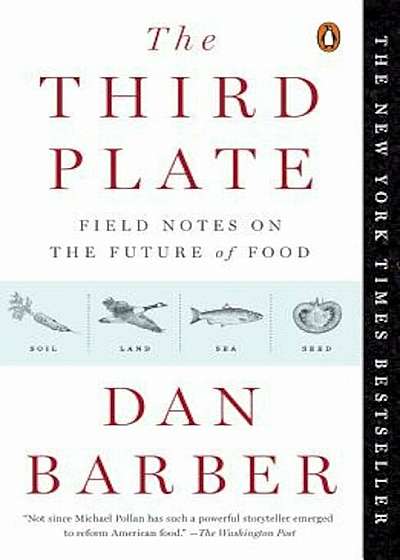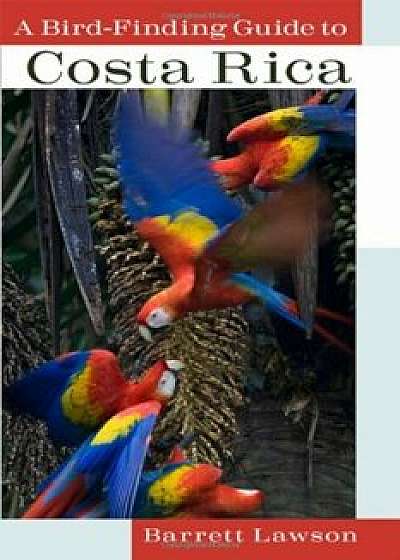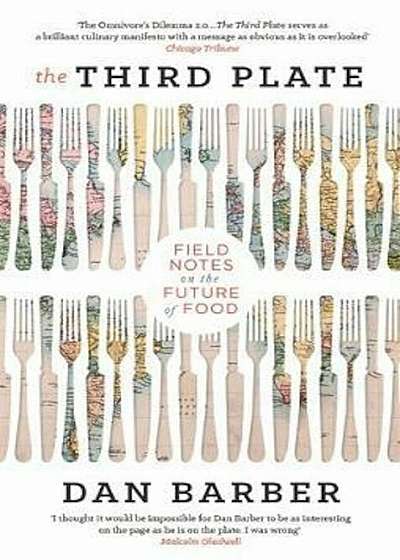
The Third Plate: Field Notes on the Future of Food, Hardcover
Descriere
"" E]ngaging, funny and delicious... I would call this The Omnivore's Dilemma 2. 0."" --Chicago Tribune At the heart of today's optimistic farm-to-table food culture is a dark secret: the local food movement has failed to change how we eat. It has also offered a false promise for the future of food. Our concern over factory farms and chemically grown crops might have sparked a social movement, but chef Dan Barber, recently showcased on Netflix's Chef's Table, reveals that even the most enlightened eating of today is ultimately detrimental to the environment and to individual health. And it doesn't involve truly delicious food. Based on ten years of surveying farming communities around the world, Barber's The Third Plate offers a radical new way of thinking about food that will heal the land and taste good, too. The Third Plate is grounded in the history of American cuisine over the last two centuries. Traditionally, we have dined on the ""first plate,"" a classic meal centered on a large cut of meat with few vegetables. Thankfully, that's become largely passe. The farm-to-table movement has championed the ""second plate,"" where the meat is from free-range animals and the vegetables are locally sourced. It's better-tasting, and better for the planet, but the second plate's architecture is identical to that of the first. It, too, is damaging--disrupting the ecological balances of the planet, causing soil depletion and nutrient loss--and in the end it isn't a sustainable way to farm or eat. The solution, explains Barber, lies in the ""third plate"" an integrated system of vegetable, grain, and livestock production that is fully supported--in fact, dictated--by what we choose to cook for dinner. The third plate is where good farming and good food intersect. While the third plate is a novelty in America, Barber demonstrates that this way of eating is rooted in worldwide tradition. He explores the time-honored farming practices of the southern Spanish dehesa, a region producing h






